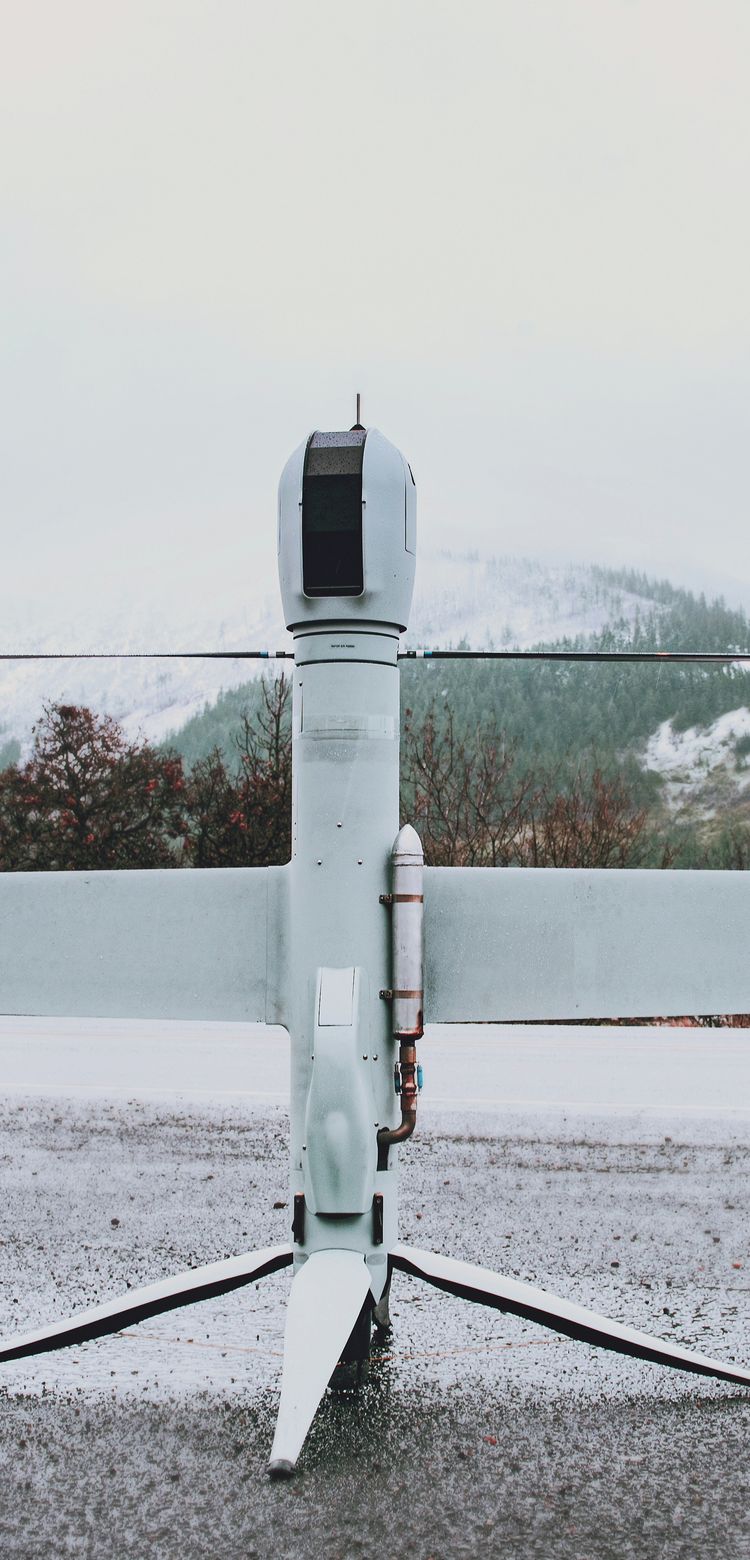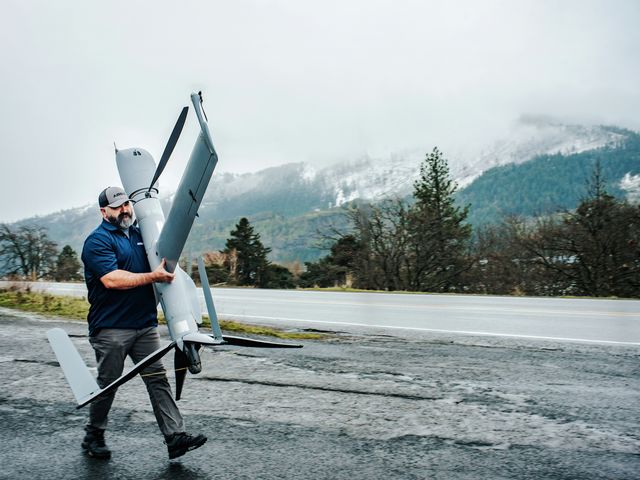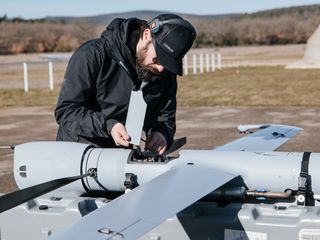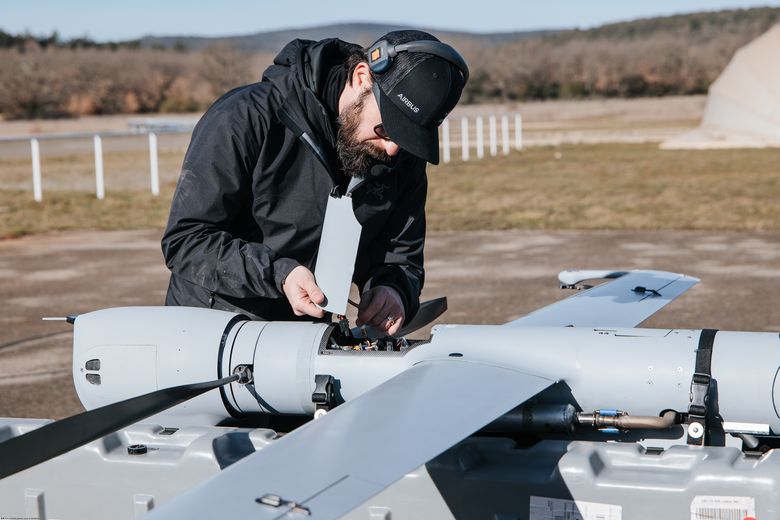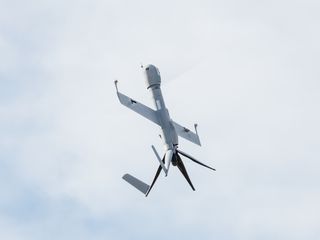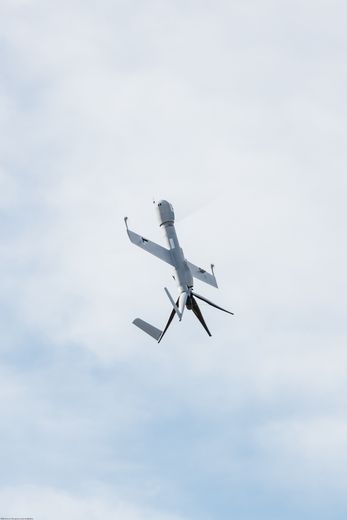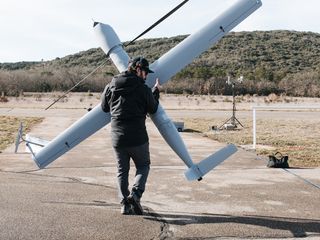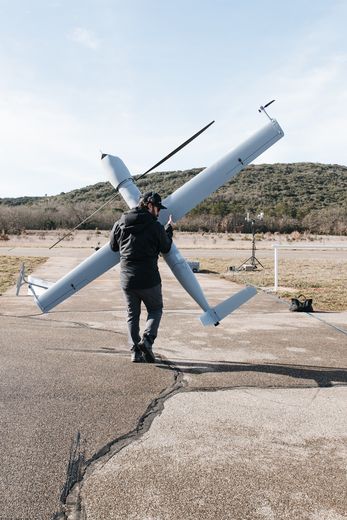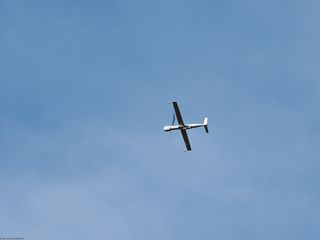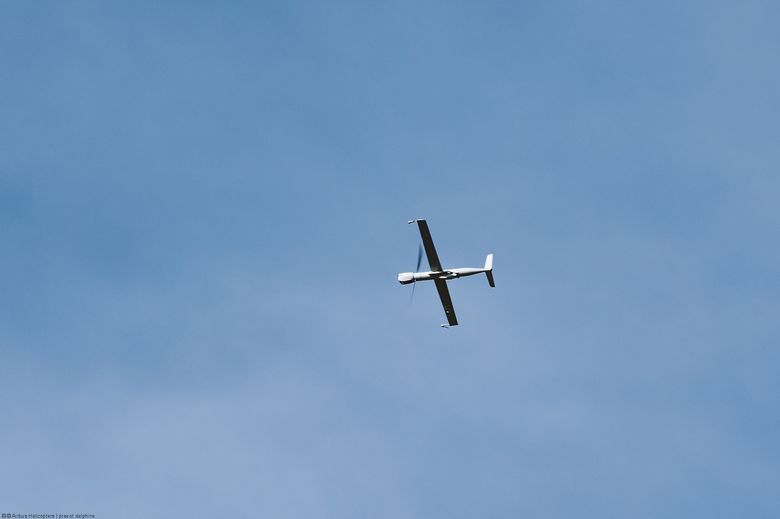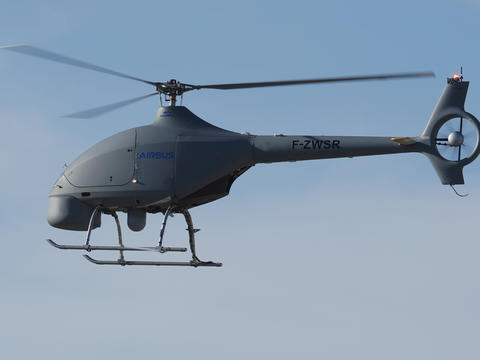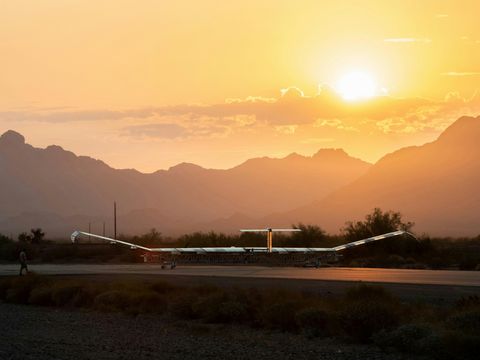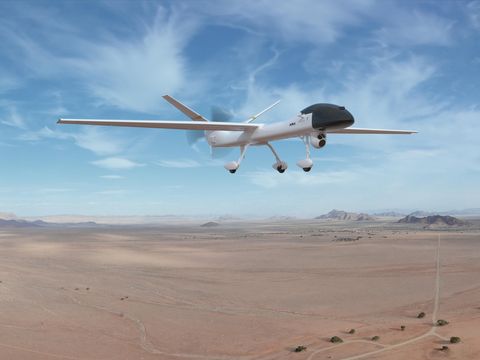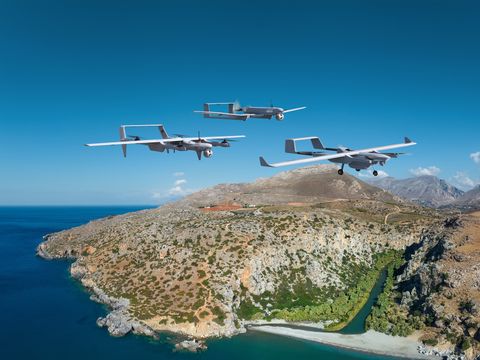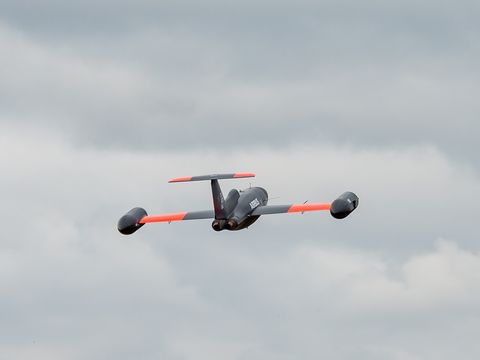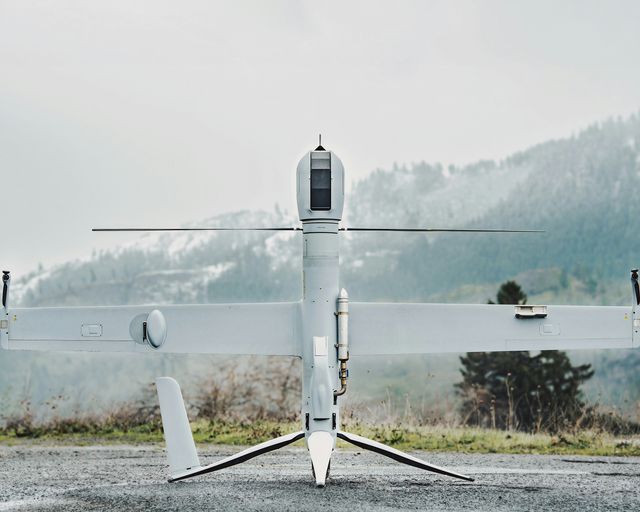
Introduction
The Flexrotor is a Group 2 small tactical vertical take-off and landing (VTOL) unmanned aircraft system (UAS). It has a maximum take-off weight of 25 kg (55 lbs) and is designed for Intelligence, Surveillance, and Reconnaissance (ISR) missions for more than 12-14 hours in a typical operational configuration.
It can integrate different types of payloads, including an electro-optical system and advanced sensors to suit customers’ unique mission needs. With the ability to autonomously launch and recover from either land or at sea requiring only a 3.7 by 3.7 m (12 by 12 ft.) area, the Flexrotor is ideal for expeditionary missions requiring minimal footprint.
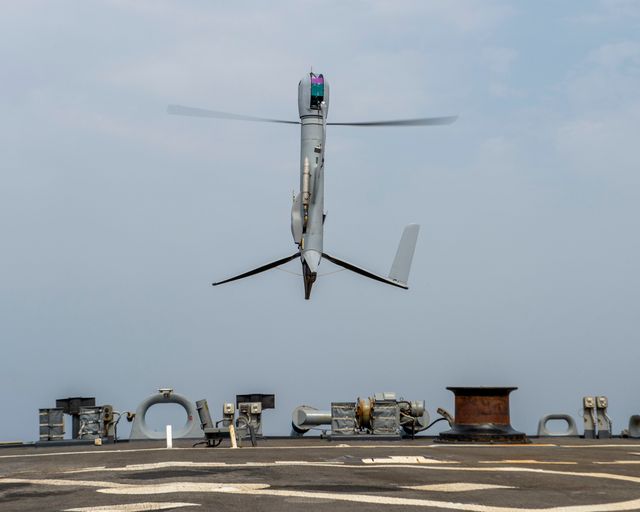
Missions
Flexrotor delivers long endurance and high space weight and power (SWaP), enabling the expeditionary UAS to operate a wide array of sensors and capabilities. It can operate from confined land areas and from ships without flight decks, and its expeditionary capability makes it easy to transport and to go from stowed to airborne in less than 30 minutes.
Missions include:
- ISTAR
- Maritime warfare (signal Intelligence, electronic warfare, communications relay)
- Search and rescue
- Parapublic (firefighting, humanitarian missions, border security)
- Civil applications (precision agriculture, geo mapping, wildlife observation & marine science)
Technical data
Dimensions
Performance
Characteristics
The latest on Flexrotor
In the spotlight
-
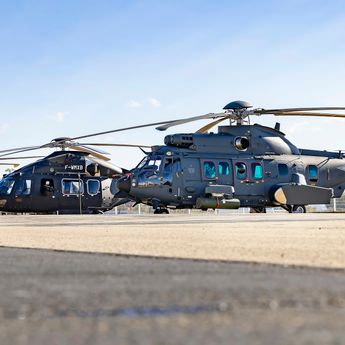 Stories Helicopters
Stories HelicoptersToday’s discussions: tomorrow’s revolutions
With the start of the International Military Helicopter conference, William Samson, VP, Head of Market Operations, reflects on the future of military helicopters, a theme he also discussed at Airbus… -
 Stories Helicopters
Stories HelicoptersIntelligent collaboration: the future of manned-unmanned teaming
-
 Stories Helicopters
Stories HelicoptersFlexrotor: the 25kg force multiplier
-
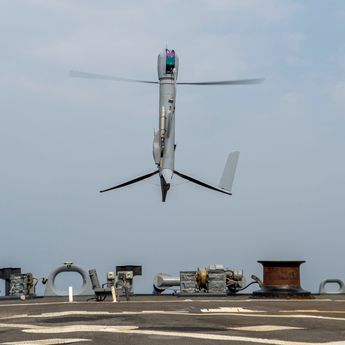 Press releases Helicopters
Press releases HelicoptersAirbus finalises acquisition of Aerovel and its UAS Flexrotor
Contact us
Get in touch with one of our local sales representatives to learn more about Flexrotor.
